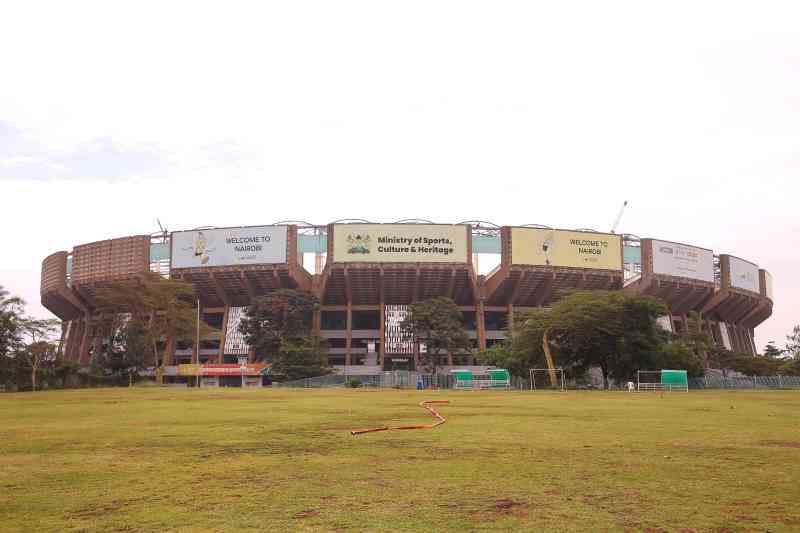 AP
AP“No Soviet or Russian war since World War II has even come close to Ukraine in terms of fatality rate,” the CSIS report stated. Analysts called the casualty toll “a stunning and grisly milestone” and a clear sign of “Putin’s blatant disregard for his soldiers.”
The scale of losses far outweighs Russia’s territorial gains. Since the February 2022 invasion, Russia has captured only 12% of Ukrainian territory. Of the 19% it now holds, 7% was already under Russian or proxy control before the war began, including Crimea and parts of Donbas.
The CSIS says Russia’s advances since January 2024 amount to a mere 1% of Ukrainian territory. In some areas, the pace has slowed to 50 metres per day — slower than the infamous Somme offensive in World War I.

“Russia has largely failed to achieve its primary objectives and has suffered high costs,” the report said.The war has devolved into trench-based attrition. Kyiv has fortified its lines with defences and mines, while Moscow has resorted to what analysts describe as “meat grinder” assaults — sending waves of troops into heavily defended positions for minor gains.British and U.S. intelligence agencies have estimated that Russia is losing around 1,000 soldiers a day, either killed or wounded. These figures align with the CSIS report.
To maintain manpower, the Kremlin has pulled prisoners from jails and recruited heavily in poorer, remote regions of Russia, often offering lucrative pay to lure soldiers. “Putin likely considers these types of soldiers more expendable and less likely to undermine his domestic support base,” the CSIS noted.
Ukraine has paid a steep price too. The CSIS estimates Kyiv has suffered nearly 400,000 casualties, with between 60,000 and 100,000 of those killed. Given Ukraine's population is a quarter the size of Russia's, the losses have had a deep impact.Despite this, Ukraine’s military has been more effective in conserving its resources. The report says Ukraine has kept its equipment losses to a fraction of Russia’s, and has slowed the Russian offensive to a near-halt.
The material losses for Russia are staggering. Since January 2024 alone, it has lost:“Russia has lost substantial quantities of equipment across the land, air, and sea domains, highlighting the sharp matériel toll of its attrition campaign,” the report stated.Ukraine, meanwhile, has struck deep into Russian-held territory. In its recent “Spider Web” drone operation, Ukraine claimed to have damaged or destroyed 41 aircraft and inflicted up to $7 billion in damage across five Russian airbases. The strikes reached as far as 4,000 miles into Russian territory.
Despite heavy losses, Russia continues to enjoy the battlefield initiative. Yet, progress is slow and strategic gains have plateaued. “Few opportunities for decisive breakthroughs” remain, the report said.Putin has avoided recruiting from Russia’s wealthy urban centres. Instead, he has leaned on rural regions and allied forces. Over 10,000 North Korean troops have joined Russian ranks, and convicts have been released in exchange for military service.
Meanwhile, Moscow's dependence on China has deepened. Cut off from Western markets, Russia now leans heavily on Beijing for military supplies, consumer goods, and energy exports — shifting the balance of the partnership. Analysts say Russia has lost strategic autonomy and become a “subservient partner” to China.
The CSIS warns that the war’s “blood cost” is Putin’s key vulnerability. Without a course correction, Russia could find its military capability deteriorating rapidly.
“For Putin, the war is such a disaster, and the Russian military has reached a point where from sometime this summer, its capability is all downhill: less armour, less ammunition, less resources, less motivation,” Richard Dearlove, former head of Britain’s MI6, told NBC News in April. “But Putin doesn’t have a reverse gear on his policy.”
The outlook depends not only on Russian endurance, but also on the West. If U.S. support wavers — as it briefly did under President Donald Trump earlier this year — the balance could tip. The CSIS report argues that Russia’s best hope is not on the battlefield, but in the possibility that Washington might “walk away from the conflict.”
So far, diplomacy has failed to gain traction. Talks in Istanbul, mediated by the U.S., have stalled. Russia demands full Ukrainian surrender. Kyiv says any deal requiring capitulation is unacceptable.
For now, the war grinds on — slowly, painfully, and at immense cost.









